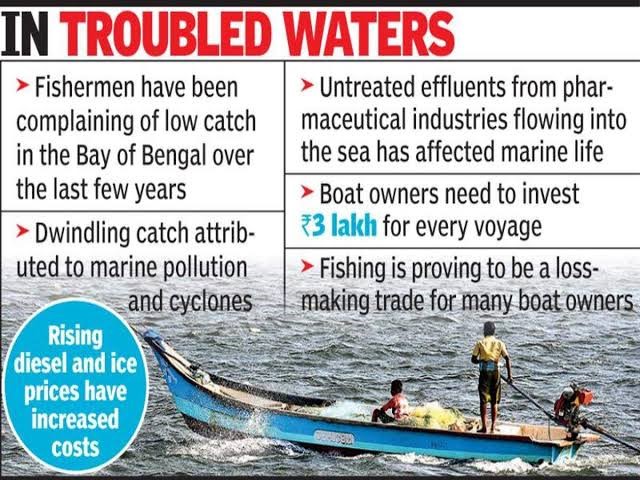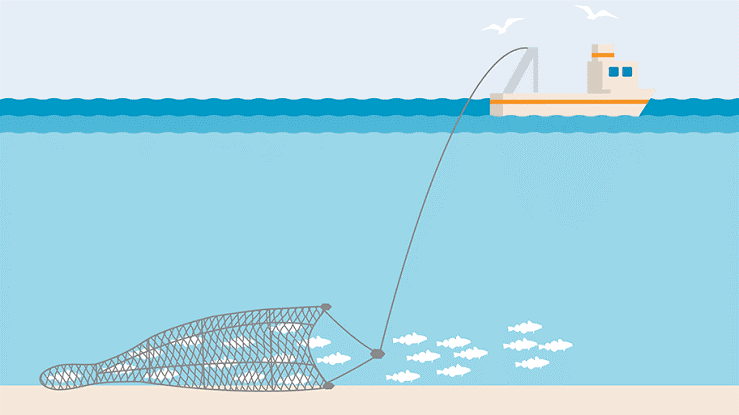CURRENT AFFAIRS
Get the most updated and recent current affair content on Padhaikaro.com
Palk Bay scheme to make it more attractive to fisherfolk
- IAS NEXT, Lucknow
- 12, Oct 2021

The Union Government is considering increasing the unit cost of deep-sea fishing vessels under the Palk Bay scheme to make it more attractive to fisherfolk.
About the Palk Bay scheme:
- Launched in July 2017 under the Blue Revolution programme.
- The scheme is financed by the Union and the State Governments with beneficiary participation.
- It had envisaged the provision of 2,000 vessels in three years to the fishermen of the State and motivate them to abandon bottom trawling.
Implementation of the scheme:
It was planned to have 500 boats built in the first year (2017-18). Of the unit cost of each vessel (₹80 lakh), 50% would be borne by the Centre, 20% by the State government and 10% by the beneficiary, and the remaining 20% would be met through institutional financing.
What are the obligations to beneficiaries under the Deep Sea fishing plan?
The Deep Sea fishing plan is to remove as many trawl vessels from the Palk Bay as possible.
- Potential beneficiaries of the deep see fishing project should possess a registered, seaworthy trawl vessel of over 12m in length that must be scrapped or disposed of outside the Palk Bay.
- The disposed vessel should also have been physically verified.
- Equally important, new replacement tuna long liner boats cannot trawl or operate in the Palk Bay.
- Beneficiaries are not allowed to sell their boats within five years of obtaining them.
Significance of the scheme:
- The scheme was envisioned as the remedy to the Palk Bay fishing conflict.
- The Centre feels that deep sea fishing is the “only solution” to promote ecologically sustainable fishing and reduce “fishing pressure” around the close proximity of the International Maritime Boundary Line (IMBL) and the incidents of cross-border fishing.

What is the issue with Bottom trawling?
Bottom trawling, an ecologically destructive practice, involves trawlers dragging weighted nets along the sea-floor, causing great depletion of aquatic resources.
- Bottom trawling captures juvenile fish, thus exhausting the ocean’s resources and affecting marine conservation efforts. This practice was started by Tamil Nadu fishermen in Palk Bay and actively pursued at the peak of the civil war in Sri Lanka.

What is deep-sea fishing plan?
The solution to the bottom trawling issue lies in transition from trawling to deep-sea fishing.
- The activity of catching fish that live in the deep parts of the sea/ocean is called deep-sea fishing.
- The boats are designed in such a way that fishermen get access to the deeper parts of the ocean and fish species.
- It is practiced worldwide, especially in the coastal areas with no ecological damage.
- The depth of water should be at least 30 meters to be considered a deep sea fishing zone.